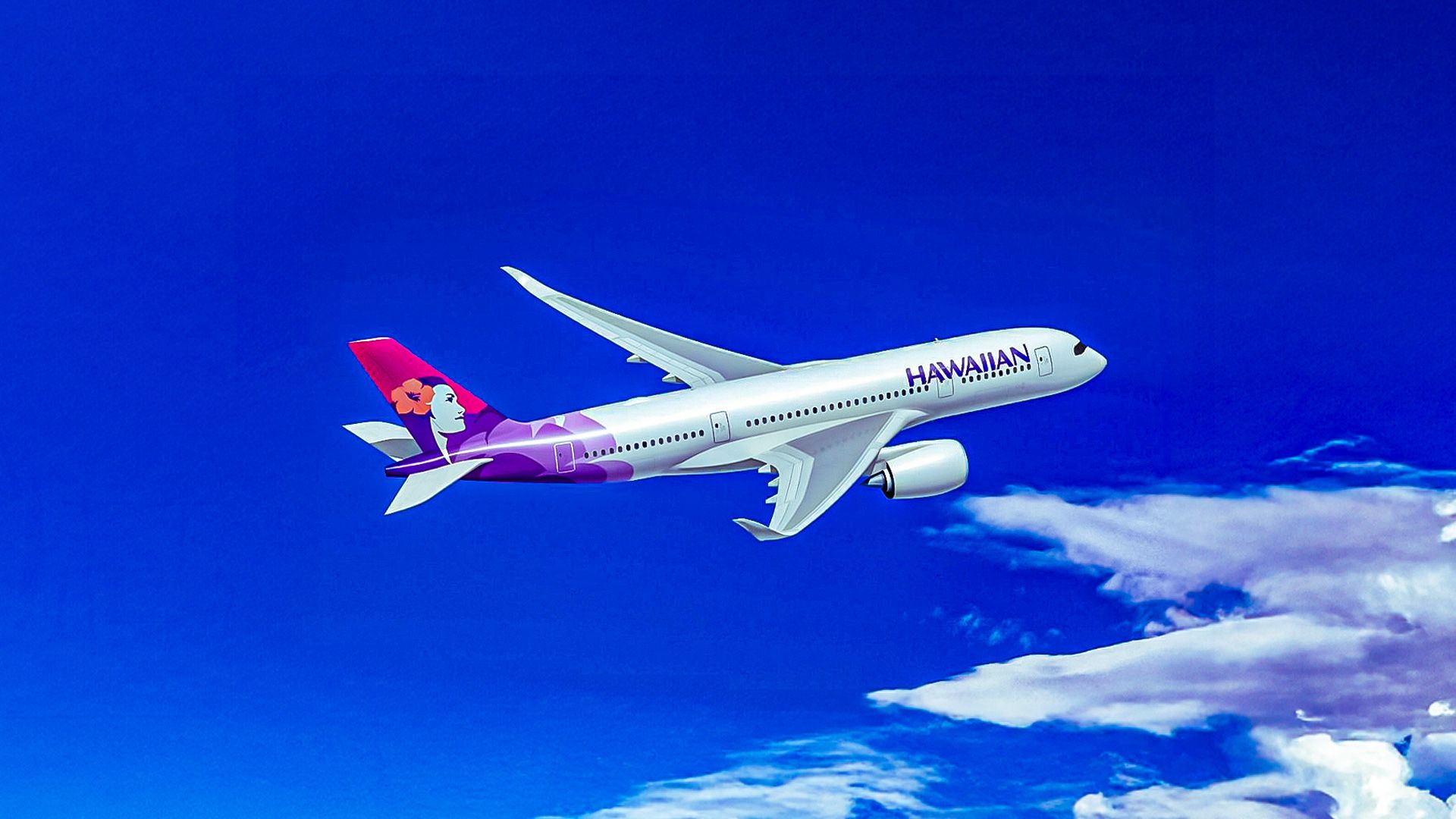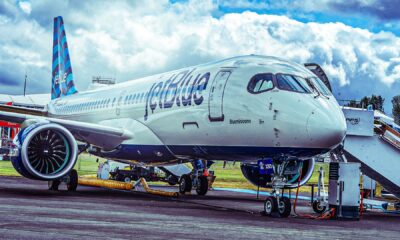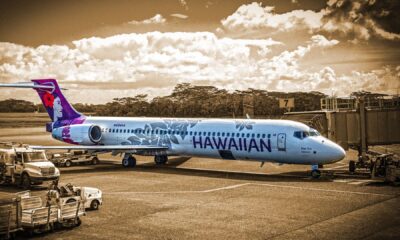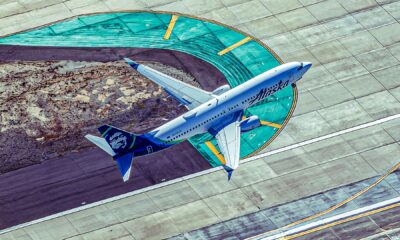World
Hawaiian Airlines Shifts Strategy, Cancels Airbus A350 Order

In a notable shift in its long-haul fleet strategy, Hawaiian Airlines has officially canceled its order for the Airbus A350-800, initially placed in 2008. The airline’s decision reflects a broader trend in the aviation industry, where the operational flexibility and capabilities of aircraft play a crucial role in fleet management. Instead, Hawaiian Airlines will now focus on acquiring Boeing 787 models, marking a significant pivot in its approach to long-distance travel.
Hawaiian Airlines initially ordered six Airbus A350-800 aircraft alongside six older-generation Airbus A330-200s as part of a dual strategy aimed at modernizing its fleet. The A350-800 was expected to enhance operational capabilities while the A330-200 served as a more immediate solution to increase transpacific capacity. However, as the A350 program developed, it became clear that the smaller A350-800 struggled to attract interest compared to its larger sibling, the A350-900.
The Rise and Fall of the A350-800 Order
When the Airbus A350-800 was first announced, it represented a next-generation solution for airlines seeking improved efficiency and range. Hawaiian Airlines anticipated that the aircraft would perfectly suit its long-haul routes from its base in Honolulu. The order was positioned as a significant win for Airbus, showcasing the A350 family during its early sales cycle.
As time progressed, however, the A350-800 faced dwindling demand. Industry analysts began labeling it the “widebody that never was,” citing its limited capacity and poor economic performance compared to the A350-900. As airlines gravitated towards the larger model, Airbus shifted its focus away from the A350-800, ultimately leading to the cancellation of the program in 2014.
For Hawaiian Airlines, this posed a challenge. The airline had designed its long-haul strategy around the A350-800’s capabilities, and the cancellation forced a reevaluation of its options. The airline initially pivoted to the Airbus A330-800neo, which offered modern engines and an updated cabin experience, albeit with its own struggles to gain traction in the market.
Transitioning to Boeing: A Strategic Move
In 2018, Hawaiian Airlines made another significant shift by deciding to replace the A330-800neo with Boeing 787 models. This decision highlighted the airline’s desire to align itself with a platform that had gained widespread acceptance across the industry. The Boeing 787, known for its efficiency and popularity among airlines, offered Hawaiian Airlines a more liquid program with better support in terms of pilot training and aircraft financing.
The transition from the A350-800 to the Boeing 787 represents a broader trend in the aviation market, where airlines are increasingly seeking operational flexibility. Hawaiian Airlines’ new strategy emphasizes the importance of adapting to changing market conditions and customer preferences.
With the merger of Hawaiian Airlines into the Alaska Air Group, finalized in September 2024, the airline’s long-haul strategy will further evolve. The integration will allow Hawaiian to utilize its Boeing 787 fleet to expand its long-haul network from Seattle, with potential conversions of some orders into larger 787-10 models for transpacific routes.
The current fleet strategy of Hawaiian Airlines showcases the ongoing need for airlines to remain agile in their operations. As the aviation landscape continues to evolve, Hawaiian Airlines’ approach reflects a commitment to maximizing efficiency and adapting to market demands, ensuring that its services meet the needs of travelers worldwide.
Ultimately, the saga of Hawaiian Airlines and the Airbus A350-800 underscores the complexities of fleet management and the necessity for airlines to pivot when faced with shifting market dynamics.
-

 Politics4 weeks ago
Politics4 weeks agoSecwepemc First Nation Seeks Aboriginal Title Over Kamloops Area
-

 World5 months ago
World5 months agoScientists Unearth Ancient Antarctic Ice to Unlock Climate Secrets
-

 Entertainment5 months ago
Entertainment5 months agoTrump and McCormick to Announce $70 Billion Energy Investments
-

 Science5 months ago
Science5 months agoFour Astronauts Return to Earth After International Space Station Mission
-

 Lifestyle5 months ago
Lifestyle5 months agoTransLink Launches Food Truck Program to Boost Revenue in Vancouver
-

 Technology3 months ago
Technology3 months agoApple Notes Enhances Functionality with Markdown Support in macOS 26
-

 Lifestyle3 months ago
Lifestyle3 months agoManitoba’s Burger Champion Shines Again Amid Dining Innovations
-

 Top Stories2 months ago
Top Stories2 months agoUrgent Update: Fatal Crash on Highway 99 Claims Life of Pitt Meadows Man
-

 Politics4 months ago
Politics4 months agoUkrainian Tennis Star Elina Svitolina Faces Death Threats Online
-

 Sports5 months ago
Sports5 months agoSearch Underway for Missing Hunter Amid Hokkaido Bear Emergency
-

 Politics5 months ago
Politics5 months agoCarney Engages First Nations Leaders at Development Law Summit
-

 Technology5 months ago
Technology5 months agoFrosthaven Launches Early Access on July 31, 2025





















